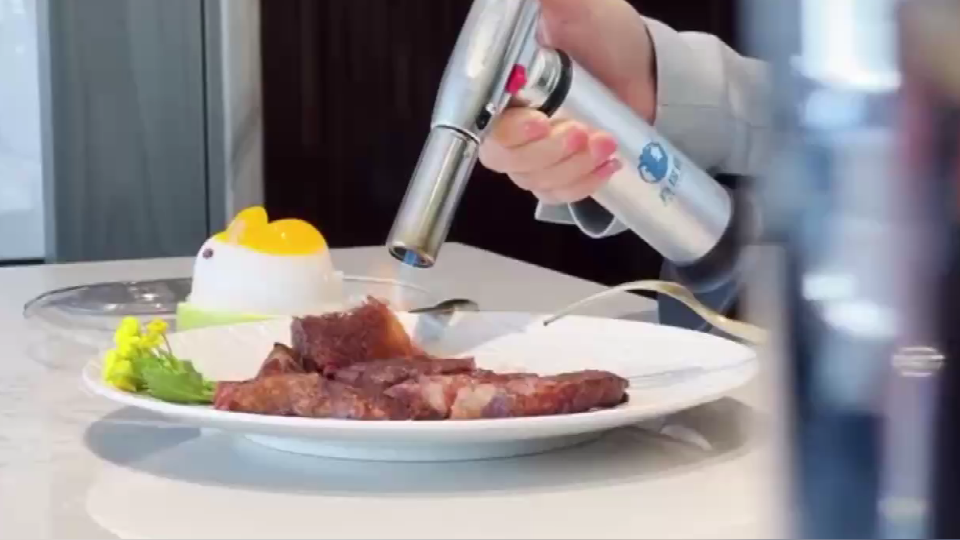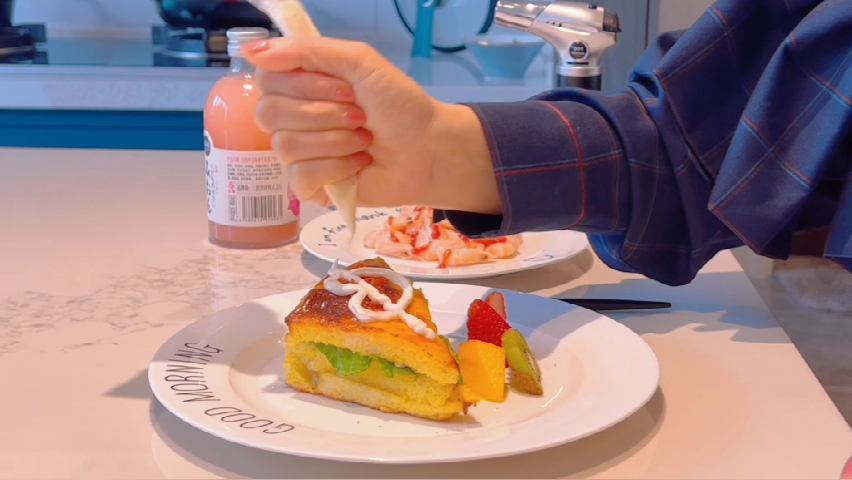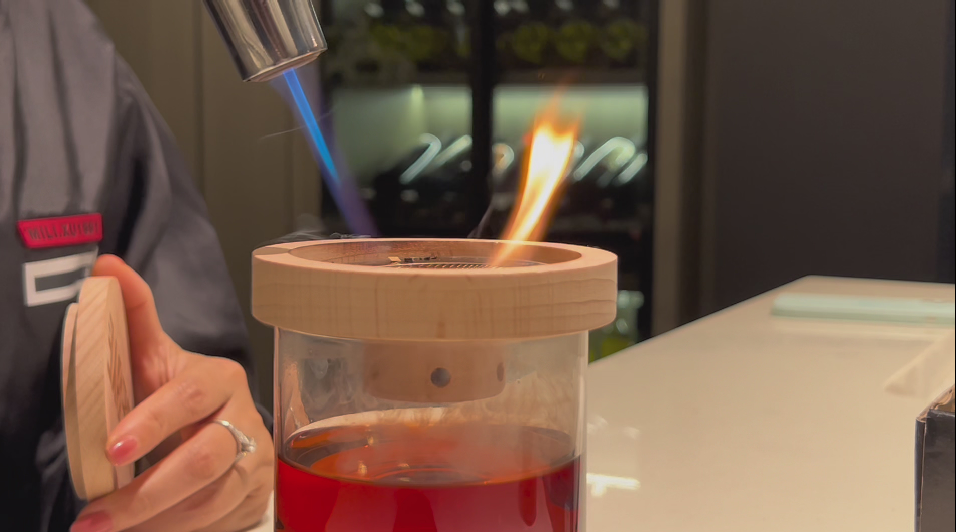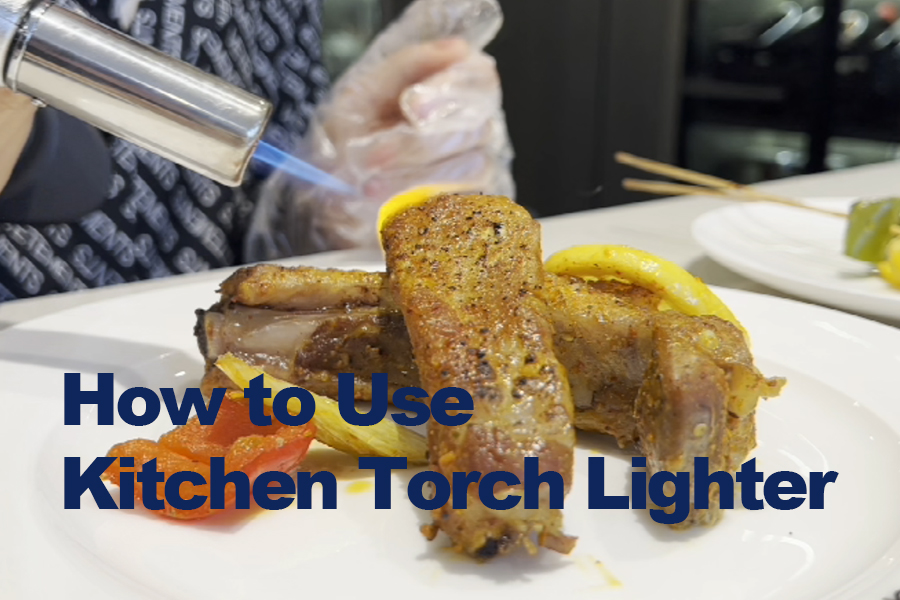ZHENTANZHE
A kitchen torch is the perfect addition to your kitchen. If you’re looking to add smoky flavor or caramel-like depth to your favorite dishes, a kitchen torch might help. To avoid burns and torch taste.
Buy a kitchen torch. Look for a kitchen torch with a fuel gauge so you can always see how much fuel is left in the torch. It is also wise to choose one with hands-free operation, which allows you to operate the torch without holding down the “on” button.

Please take safety precautions. Turn on the kitchen exhaust fan. Check where the fire extinguisher is in the kitchen. Prepare a baking surface by removing all combustible items such as kitchen towels and plastic items. Place a sturdy metal tray or cast iron grill on your kitchen counter or stovetop and get ready for toning. Finally, wear a kitchen apron and be careful not to let your clothing get in the way of the flames.
Note that kitchen torches can melt common metals such as aluminum and copper.
For example, acrylic clothing and fleece jackets tend to be highly flammable.
Place the food on a sturdy metal tray. Before you turn on your flashlight, you need to have your groceries ready. Place food on a sturdy metal tray, such as a steel cooking tray or cast iron grill. Make sure there are no plastics or other flammable materials near your work area.

Light the torch and wait for the blue flame to rise. You must light the torch before exposing it to food. Once ignited, you should wait a few seconds for the yellow or orange flame to go out. When you see a little blue hissing flame, you’re ready to light it.
If you burn your food before you can see the small blue flame, it might taste like a torch. Torch taste is caused by fuel contaminating food.
Make sure you are using a clean nozzle. If you or others use your blow torch frequently, the nozzle will become dirty. Food covering the nozzle can cause misalignment. It’s also possible that old food debris will stick to the plate you’re cooking, making it taste bad.
If the nozzle becomes dirty, wipe it with a rag or cloth.
Point the torch away from your body. The torch should point away from your body, including your other hand. Second and third degree burns from kitchen torches are not uncommon. Additionally, to avoid ignition, you should dress appropriately and be careful not to disturb the fire.
Use slow, sweeping movements. To properly burn your food, you need to move the torch slowly back and forth over the area you want to grill or char. If you point the torch at only one spot, you may burn your food.
Please turn off the gas. After the torch is finished, hands-free operation must be turned off and then the torch’s gas must be turned off. Save the torch when you turn off the gas.
If you’re not using the hands-free version, you’ll need to release the “on” button to turn off the torch.

Torch meat and fish before grilling. If you’re baking meat or fish, try searing it before putting it in the oven. Lightly sear the surface to make the outside slightly crispy. Then put it in the oven according to the usual recipe.
If you’re grilling meat, you probably don’t need to use a torch as you get a smoky, crunchy effect from the grill.
Add grill marks. If you miss summer and are stuck at home, you can use a flashlight to recreate a barbecue. After cooking steaks, burgers and vegetables on the stove, use the torch to create grill lines. Move the torch back and forth over the same area to create lines, then repeat the process to create a series of searing lines in the meat.
Caramelize sugar on fruits and desserts. Caramelizing your dessert with a torch adds an unexpected depth that your guests will appreciate. For example, if you’re making a pie, use a torch to caramelize the sugar on top. Once the pie is out of the oven, add sugar to the surface and bake slowly until brown and crisp. Similarly, fruits such as grapefruits and peaches can be caramelized with sugar on top.


